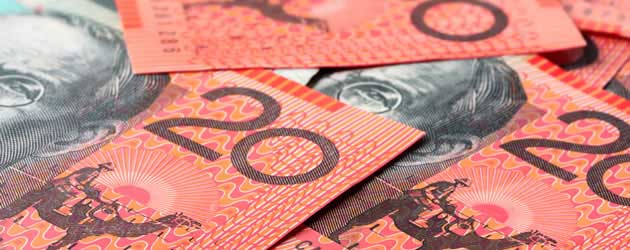
Earlier this month Chinese GDP came in below expectations, intimating that growth in the world’s second largest economy is slowing. Commodities like gold tumbled in response and the currencies of Australia and New Zealand (nations which rely on China as a main trading partner) dropped against the majority of their rivals.
The Australian Dollar exchange rate was trading in the region of 1.0241 against the US Dollar as of 09:50 am GMT
Although the ‘Aussie’ recouped much of its losses following a rebound in gold prices it was knocked again after another piece of Chinese data failed to live up to expectations.
Economists forecast that China’s manufacturing PMI would slip slightly in April, but their estimate for a drop of 0.1 per cent was wide of the mark. In March the index stood at 51.6, it has now fallen to 50.5 – dangerously close to the 50 line which separates growth from contraction.
After the data was released the Australian Dollar weakened to $1.0221 before a slight upward correction saw it trading in the region of $1.0231.
As strategist Michael Turner highlighted: ‘The fact that we keep seeing Chinese data print to the weaker side of expectations is keeping the market fairly comfortable pricing in further RBA easing. More broadly, you’ve got to suspect with expanding global central bank balance sheets that global yields are staying low, and Aussie is being sucked down toward the rest.’
The disappointing Chinese news prevented the Australian Dollar from rising in response to a leading indicator of Australian economic activity increasing for a second consecutive month. The domestic report revealed that the leading economic index climbed to 122.2 per cent in February. The 0.3 per cent gain follows January’s 0.1 per cent increase.
Meanwhile the coincident index (considered to be a reflection of the current state of the economy) also edged higher, climbing by 0.5 per cent in February.
According to the Conference Board these results indicate that Australian economic growth should continue at a steady pace.
The ‘Aussie’ may experience significant movement tomorrow following the publication of Australian consumer price inflation data. Economists are expecting a first quarter increase of 0.7 per cent.

Comments are closed.